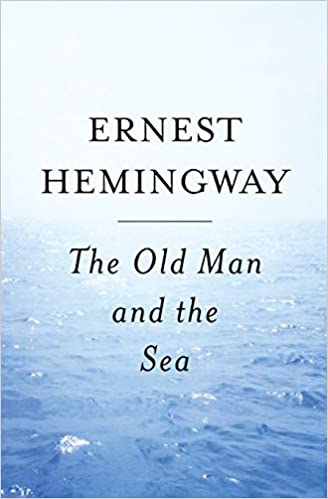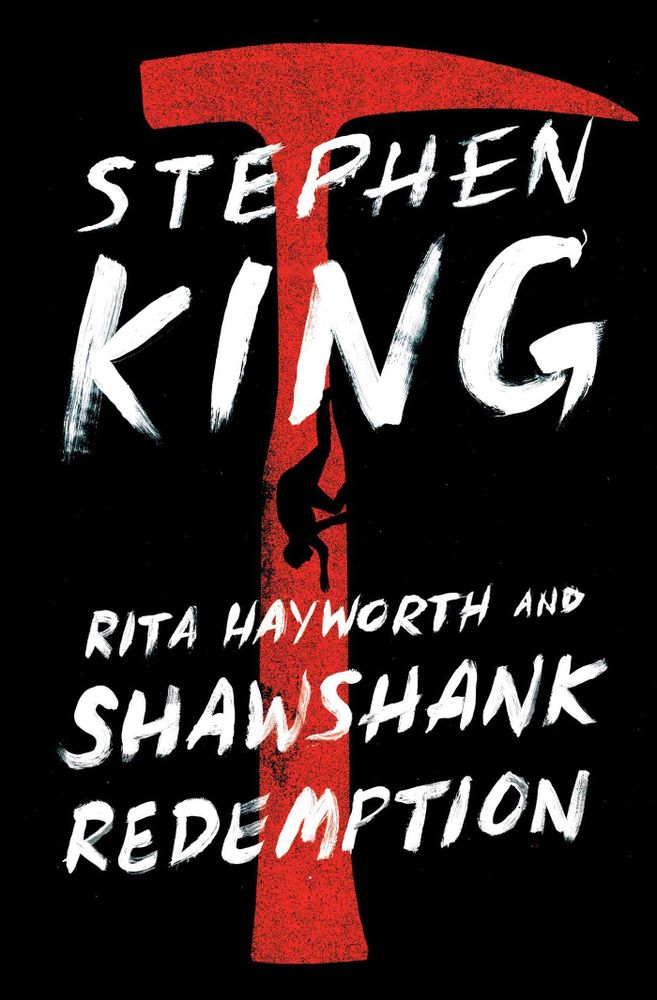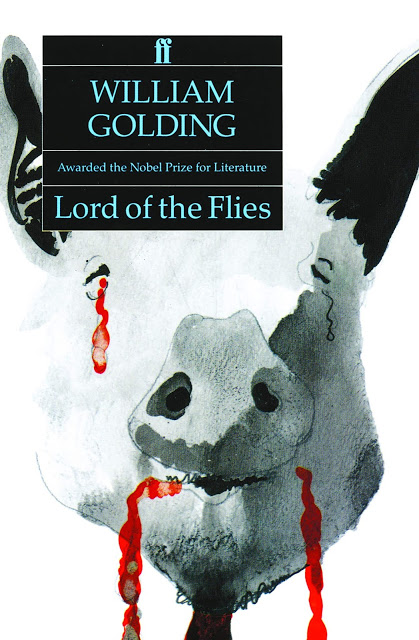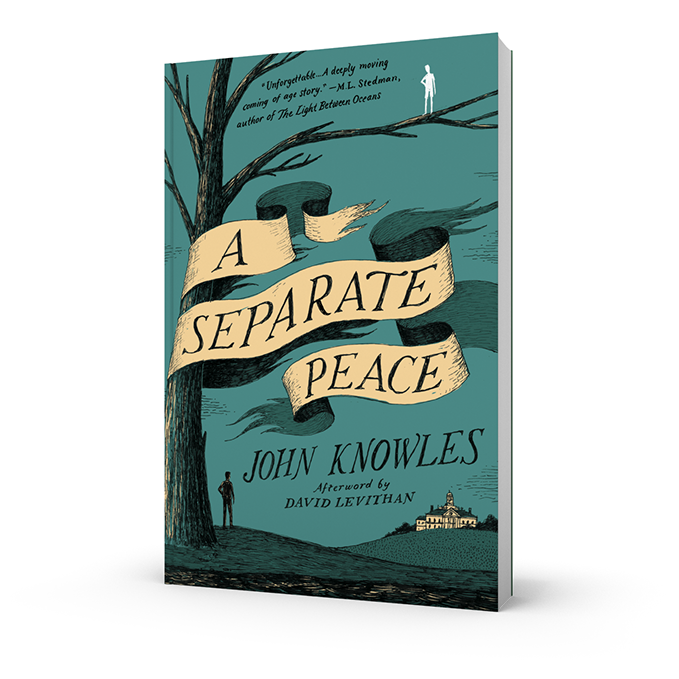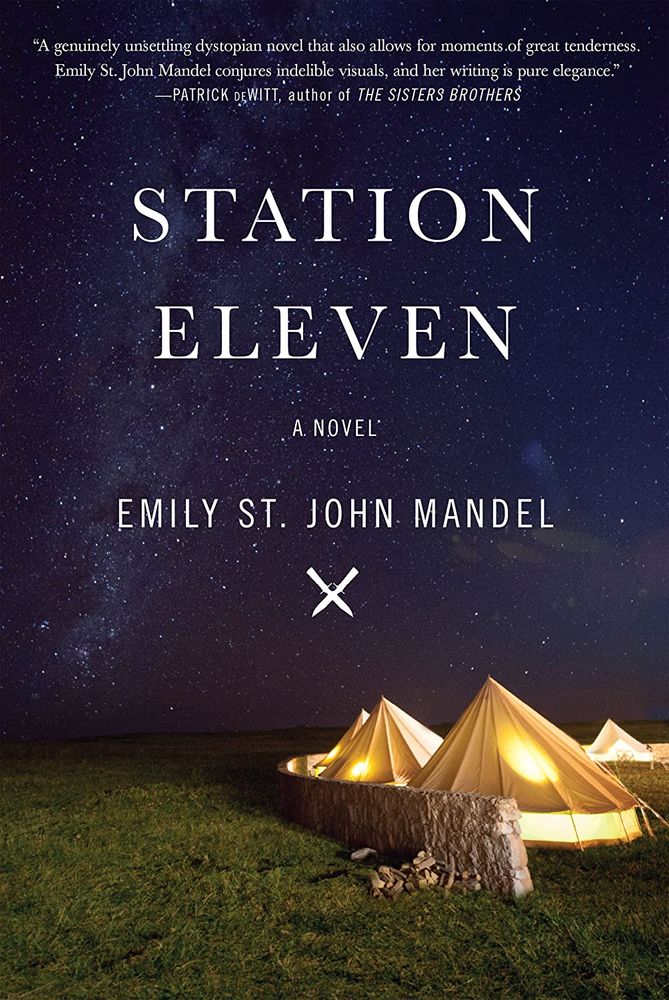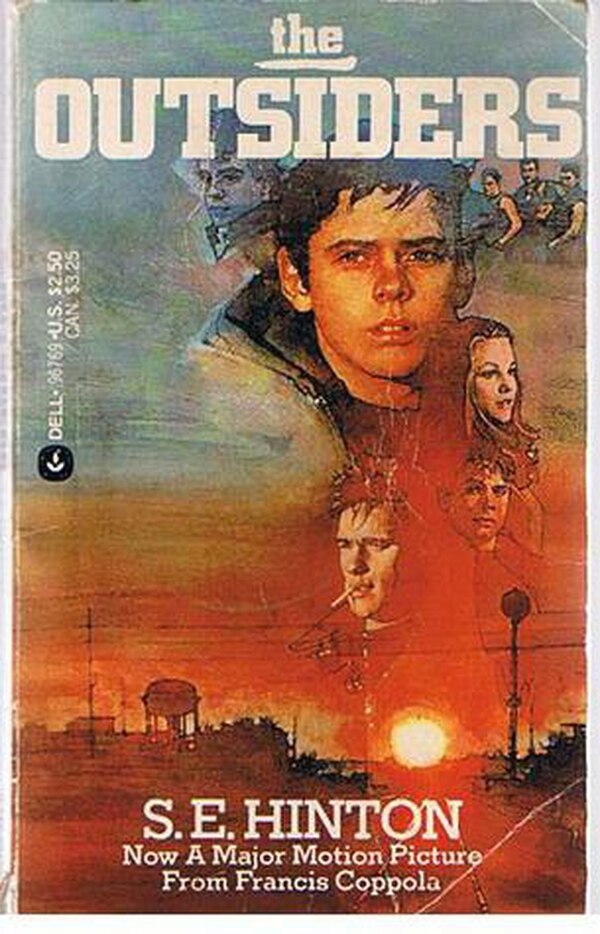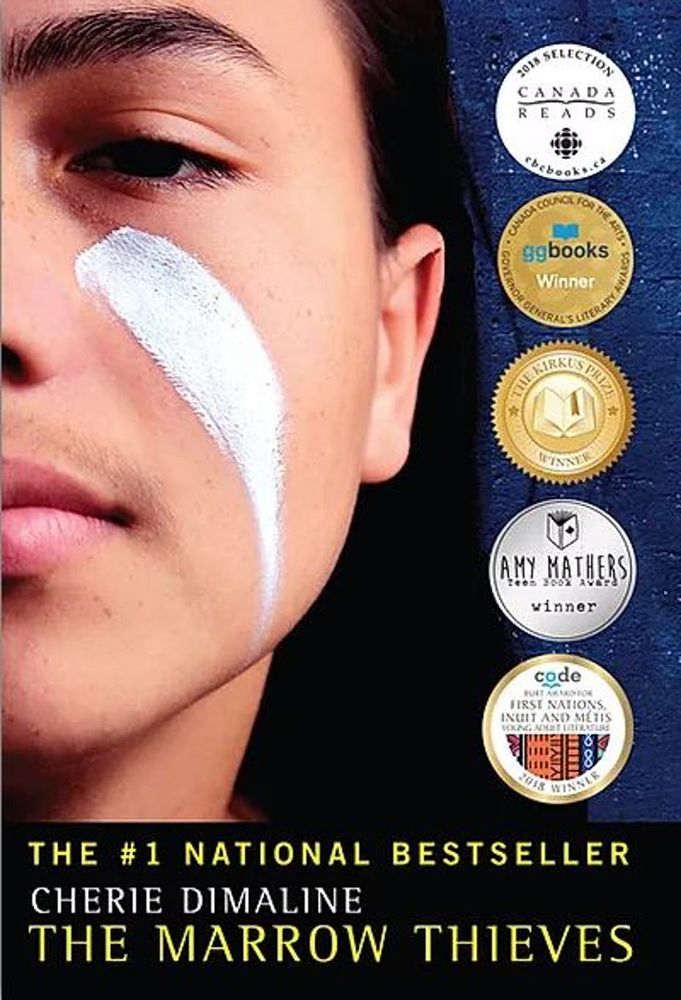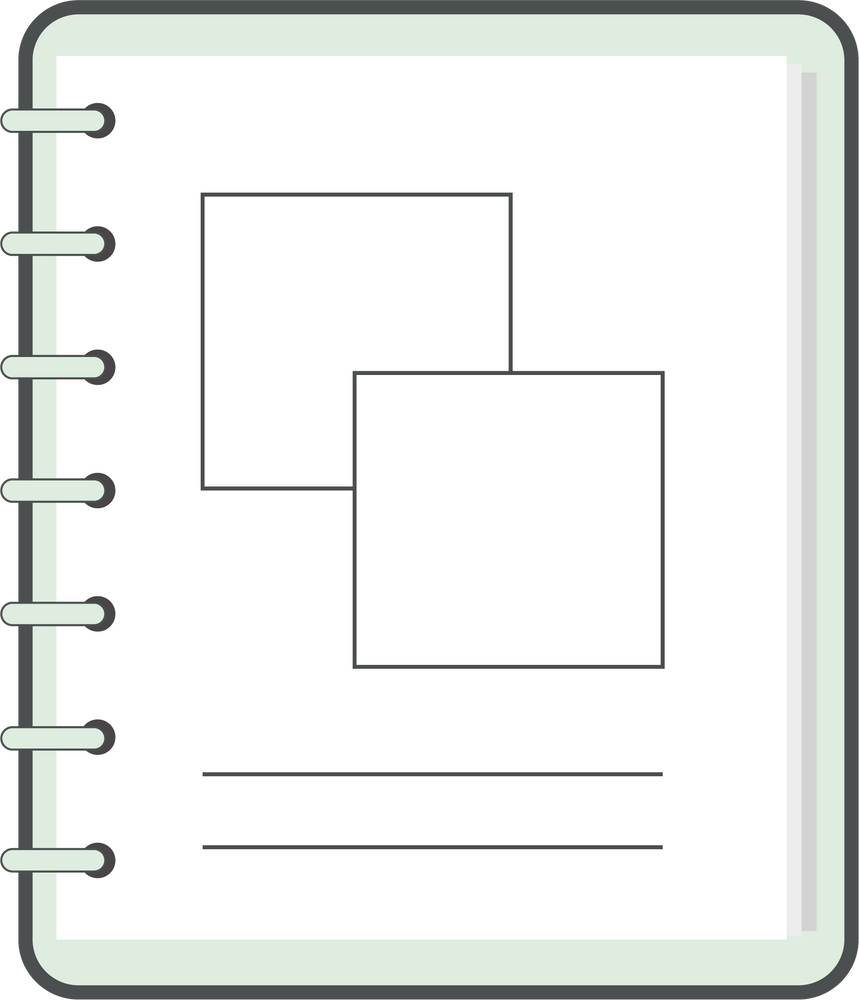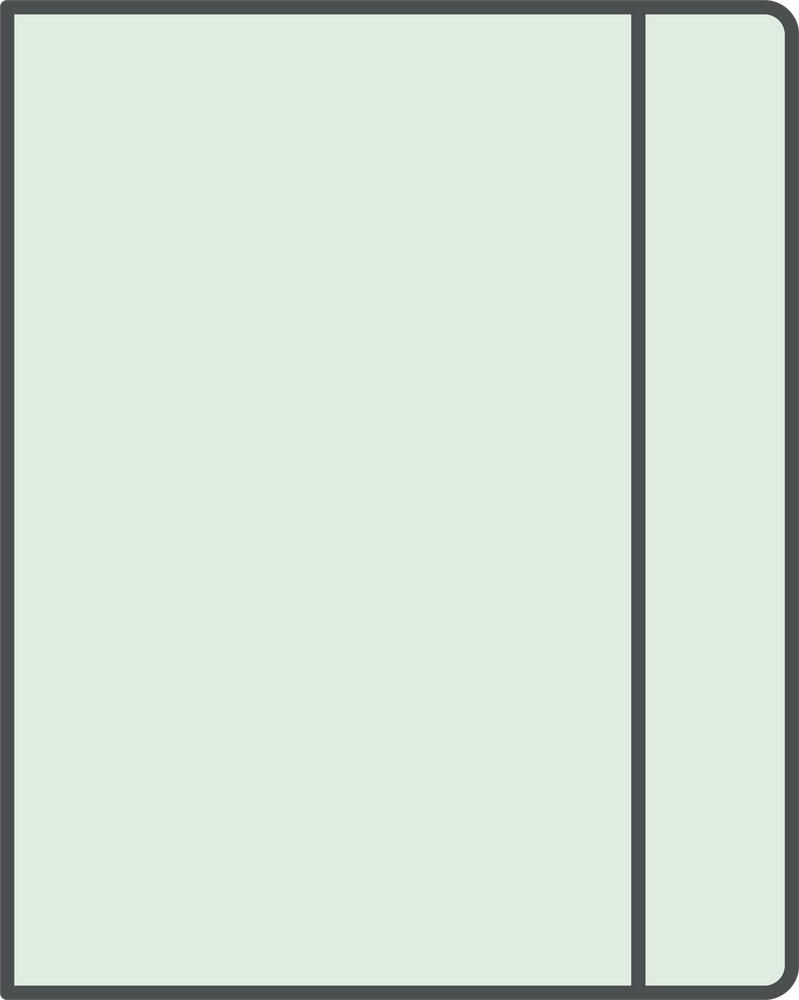Welcome to Grade 12 English
In this course, you will have the opportunity to explore and think critically about the concept of resilience from the following perspectives.
Press the tabs to explore these perspectives.
You will start the course by examining the connection between learning and resilience on a personal level. You will also explore literary examples of individuals who faced difficult situations and think about what you have experienced.

Then you will take a look at how communities have overcome adversity through the power of words, voice, and media.

Finally, you will use your new understanding of resilience to examine texts through a selection of critical lenses. Each lens raises important questions about the human condition and human interactions.

Central questions in the course
As you proceed through this course, keep the following central questions in mind:
- What does it mean to be resilient?
- How do humans deal with adversity?
As you explore various pieces in the course, and look at them from different perspectives, you will lean more about what it can mean to be resilient and overcome adversity.
Glossary
Synonyms for resilience
Strength of character, strength, toughness, hardiness, adaptability, buoyancy, flexibility, ability to bounce back
– Oxford Living Dictionaries
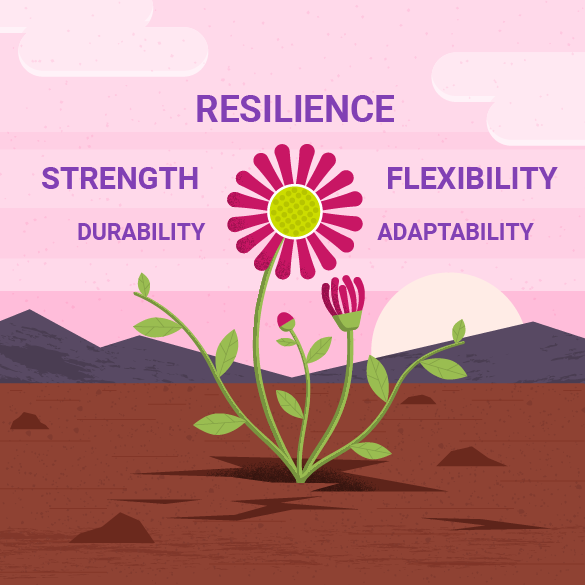
Synonyms for adversity
Misfortune, bad luck, trouble, difficulty, hardship, distress, disaster, suffering, sorrow, heartache, tribulation, woe, pain, trauma, reversal of fortune, setback, crisis, catastrophe, tragedy, calamity, trial, burden
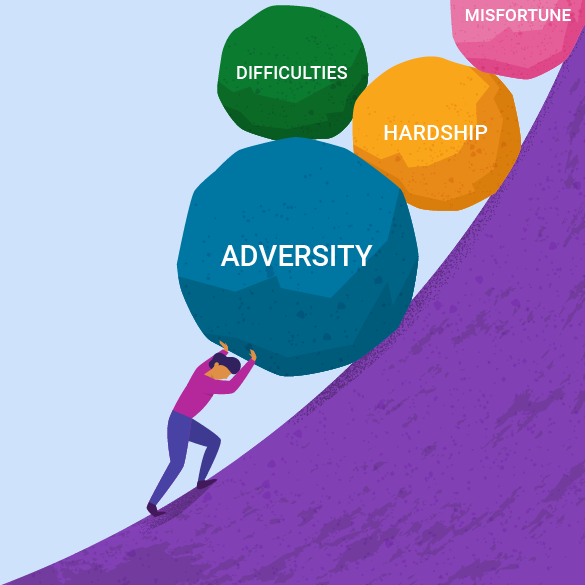
Setting Goals
It’s time to develop one or more goals for this course that will help you succeed and recognize your progress.
If you’re not sure how to set goals, here’s one system and there are plenty of tips online.
Establishing SMART goals
You may find it useful to set goals using the SMART technique. SMART goals have five characteristics. Press on the following tabs to explore each characteristic.
Specific,
Measurable,
Attainable,
Relevant, and
Timebound.
A goal should identify a specific action or result to be achieved. It answers questions like: What precisely do you want to achieve? Why?
A measurable goal is quantifiable and indicates how you will know you have achieved it. It answers questions like: How often will you need to do it? How will you know when it is accomplished?
Your goal should be achievable, given available resources. It answers questions like: How do you know this can happen? How can you be successful?
A goal is relevant if it fits your interests and is linked to what you want to achieve. It answers questions like: Is this the best time for this goal? Is this goal worthwhile?
A time-bound goal holds everyone involved accountable and helps with the goal’s measurability. It asks questions like: When can you plan the next step? When will you have met your goal?
They focus on the actions and steps you need to take to achieve them. They identify what you need to do, and how you’ll know that you have achieved them.
Goals with these characteristics focus on the actions and steps you need to take to achieve them. They identify what you need to do, and how you’ll know that you have achieved them
Sample goals
Your goals for this course might range from wanting to finish by a certain date, getting a great mark, learning more about literature, improving your communication skills or simply completing your high school diploma. Your first goal should be to set up a notebook for the course:
Notebook
You will benefit from keeping an organized notebook, as it will be useful for your culminating project. Choose any notebook format you like − it can be a digital or a paper notebook. You will be prompted to reflect on your learning and track your growth throughout the course when you come across the Notebook icon.
Now, let’s try it out!
Write down your course goal(s) in your Notebook.

Culminating project: Novel study
Overview
Your culminating project will involve choosing and reading a novel independently. This assessment is worth 20% of your course grade. You will apply skills and strategies that you develop in this course. You will also apply your knowledge and understanding of resilience.
Your culminating project will be submitted in Unit 4.
Let’s preview the culminating project tasks as we get started on our learning journey!

Don’t decide on a novel just yet. After all, you really shouldn’t judge a book by its cover alone.
As you work through this learning activity, you will be able to make a more informed choice.
To organize your thoughts, you can create your own criteria for reading any novel by filling out Part 1 of the "Using criteria to choose a novel" table. Press on “Using criteria to choose a novelLink downloads Word document” to access the table.
Once you have created your criteria, you will be ready to test your criteria against your novel choices.
Look up reviews and do other research to determine if the novels meet your criteria. You can use a search engine of your choice to find reviews and consider checking out the following sources of reviews: The Globe and Mail, The New York Times, The Guardian, Publisher’s Weekly and Quill & Quire.
Still not sure? Then complete Part 2 of the "Using criteria to choose a novel" table. Press on “Using criteria to choose a novelLink downloads Word document” to access this table.
At this point, you will likely have narrowed down the novels to a few options.
You will need to know a bit more about what is expected for the culminating project before making your final choice.
The culminating project involves the creation of a reading journal, which you will submit to your teacher for feedback and a grade.
Your reading journal will be a combination of scrapbook and journal and may contain visual and audio elements or both:
Much like your notebook, your culminating project reading journal should be a combination of images, notes, and artifacts that capture your thinking and discovery as you read your novel.
Entries in your reading journal should be based on the following:
- written reflection
- character
- resilience theme
- critical analysis through different literary lenses
- text-to-text connections
- choice of two prompts
There is a further explanation of what’s required in your reading journal just after the coming notebook activity.
With what you know about the novels and the reading scrapbook or journal you will be creating, it’s time to make your final choice of novel to read.
Answer the following reflection questions in your notebook
Once you have chosen your novel, reflect on the following question in your notebook:
- How did you make your choice? Explain your process.
You will be revisiting your response so keep it handy.
Reading and analyzing your novel
In this learning activity, you will be creating a reading journal for your novel.
Before you start reading your novel, it is important to schedule time for reading and reflecting on your novel. This will make the process of creating a reading journal much more manageable and enjoyable.
A reading schedule does not look the same for every reader. It depends on a variety of factors that include the complexity of the text and the time you have available.
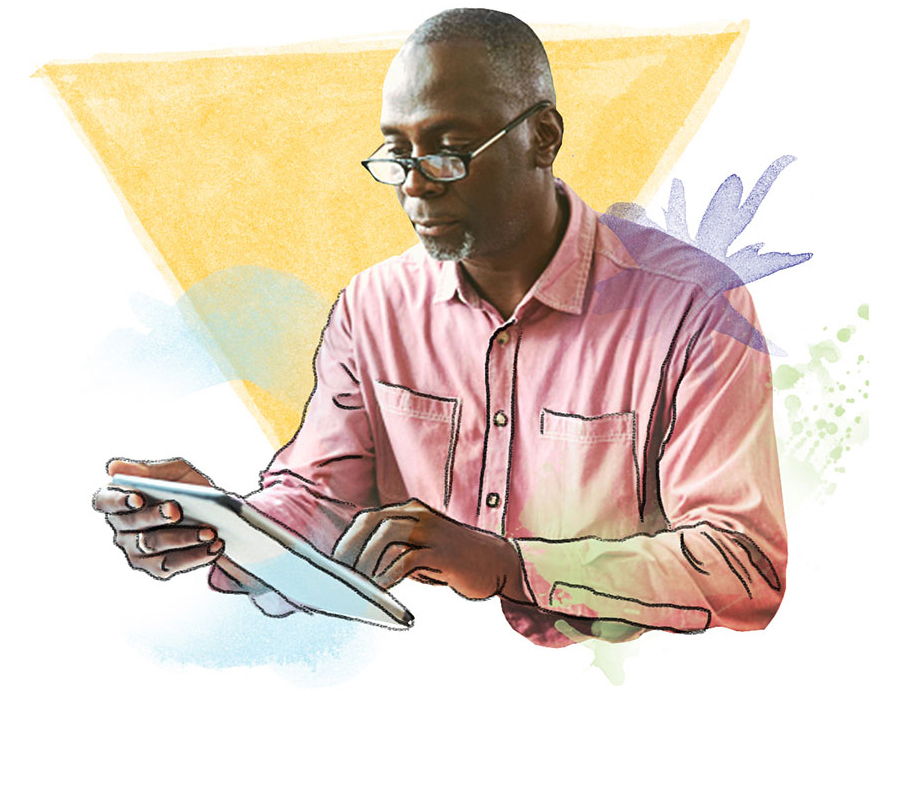
Think about the following question
Think about the last time you read a complex or particularly long text. How long were you able to focus? What helps you focus longer and keep reading?
Creating a reading journal
There are many factors to consider when planning out reading time. For example, you will need to set aside time not just for reading but for reflecting on what you read. You will also need to take into account other activities in your life outside of this course.
There are many ways to create your reading schedule. For example, you can use a scheduling app, create a fillable calendar on your computer, or print off a blank calender and fill it in by hand. You may find this “Reading schedule template”(Opens in new window) useful.
You will need to create a version of your reading schedule that can be submitted to the teacher along with your reading journal.
Developing a reading journal
As you read, you will be creating your reading journal, which will be a collection of your observations, notes, images, digital artifacts, quotations, and references that show your understanding of your novel.
A reading journal allows you to raise questions, gather and interpret information, challenge your assumptions, and refine your interpretations.
Note-taking using your reading journal
Proper note-taking skills are useful because they let you record what is important from something you are learning. The notes you take will help you when it’s time to review the novel you’ve chosen for your culminating project.
If you are unsure how best to take notes, here are some tips and techniques:
Techniques to record and assess
Some simple but useful techniques can help you understand the subject as you take notes. For the most part, these techniques invite you to analyze, prioritize, and find associations or links.
You can use the following techniques to add more depth to your notes.
Maybe you already use graphic symbols when taking notes in class. This strategy requires you to place different symbols beside or around important areas of your notes. The most common symbols include stars, arrows, and question marks.
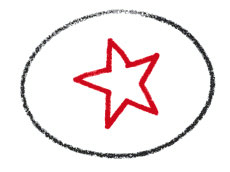
A star marks an area that holds an important idea or a hint for an upcoming test or assignment. When you review your notes, pay a lot of attention to these areas.

An arrow marks a connection between two or more ideas. Because you are taking notes as you are reading you may not always be able to organize your notes so that connecting ideas are together. Instead, you can simply draw an arrow from one idea to the other. (This is also a useful note-taking strategy if you are taking a class that includes attending lectures.)
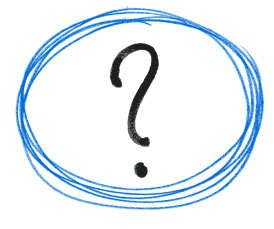
A question mark shows you have a question or are confused about something in your notes. It is important to answer all of these questions before you begin to study from your notes so that you understand all of the material.
Cornell method
Cornell method explanation
The following is a sample page of what the Cornell Method would look like and what types of information you would place in the columns.
Cornell method sample
The following sample is from Margaret Atwood’s “The Handmaid’s Tale”. Imagine how handy it would be to be able to fit all that information into one brief set of notes. Here is how this information could be organized using the Cornell Method.
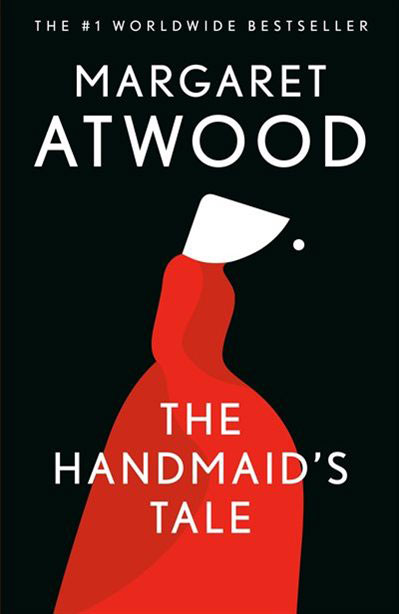
There are many different ways of taking notes and it important that you develop a system that suits your learning style.
Study note
You know best what will help you remember the material you are reading. And a summary you have created yourself, in your own way, will be the most helpful in understanding what you are reading, and in reviewing the material later.
Journal format
The format of your reading journal is up to you.
Here are some format suggestions that you may find helpful:
- a slide presentation with multiple slides of images and text, with detailed reflections in the speaker notes
- a blog with sequential entries
- an interactive digital journal
- a digital folder containing a separate file for each journal entry
- an audio journal with ongoing entries
- a physical pen-and-paper journal, which includes drawings and images
You will be asked to submit your reading journal electronically to your teacher for feedback and a grade. If you create a pen-and-paper journal, you will need to take photos of it or scan it to create digital files to upload. If you create your journal using a digital journaling tool, you will need to provide a sharable link to where your journal is hosted.
Reading journal checklist
You will need to include 7 entries in your reading journal. Your entries will be based on specific incidents in your novel as well as interpretations of your novel as a whole.
For two of the 7 entries, you will have the choice of what to do. Your choices will depend on what you are discovering and are curious about in your novel.
The remaining 5 entries will be based on the prompts provided.
Seven journal entries: requirements checklist
Your reading journal entries will vary in length and composition and will be a mix of text and multimedia.
Your entries may include:
- images from the setting or time period of the novel (including art or other pop culture artifacts)
- images of what the main character(s) might look like, things that might be in their home, and so on
- images inspired by themes in your novel
- references to other media or texts (for example, song lyrics and poems)
- links to videos or audio recordings (for example, an interview with the author)
- links to videos or audio recordings you have created
- reflections and explanations based on textual evidence from the novel
You can decide how your own reading journal will look or read, but keep in mind that you will be graded on the care you have taken with the presentation.
As you read and create your reading journal, you can refer to the "Reading journal requirements" document. Press “Reading journal requirements (Opens in new window)” to access this document.

Rubric
Your teacher will assess your reading journal using the following rubric. Press each tab to access the expectations and success criteria.
Trail notes

Ontario Parks, yours to discover throughout the year!
As you begin to chart your course to fulfill the culminating project “Reading journal requirements” and other course requirements, make sure to pace yourself. All good hikers prepare well before attempting a hike and take some breaks along the way. Make sure to ‘pack what you need’ or in other words, have tools and strategies at your disposal to stay motivated as you complete your learning journey.

You’ve chosen a novel you hope you’ll enjoy. But reading a novel is a long hike.
If you feel less engaged when reading …
You may want to try one or both of the following options:
Consider setting a background music playlist. However, not everyone is agreement with this strategy! Does music help filter out distractions? Or is it a distraction itself? Some people find that music without words is helpful. Only you know what works best for you.

If you wish, venture out of your home and tote your book to a favourite coffee spot, your local public library branch, or an outdoor space of your choosing. Just remember, use such health and safety precautions as are called for in your region.

The important take-home message is to determine if these strategies make you feel comfortable.
Staying the course
As you engage with the course content, you will be developing the skills and strategies needed to stay motivated and be successful as a self-directed learner.
Self-directed learners are aware of how they learn best. They are confident and know when to ask for support. Self-directed learners set goals and make realistic plans to meet those goals. In other words, they make a commitment to their own learning and take responsibility for it.
Reflective writing
Reflective writing is one important strategy that self-directed learners use. Throughout the course, you will use reflective writing to think more deeply about your learning and make your learning visible.
You may find it helpful to consult this information about reflective writing:
You have completed the first learning activity of your journey.
Reflect in your notebook
In your notebook, reflect on what you have accomplished already – you’ve created some goals, chosen a novel, found out what your culminating activity will be like and learned about some techniques you can use to be a successful learner.
What do you most want to keep in mind as you continue?



